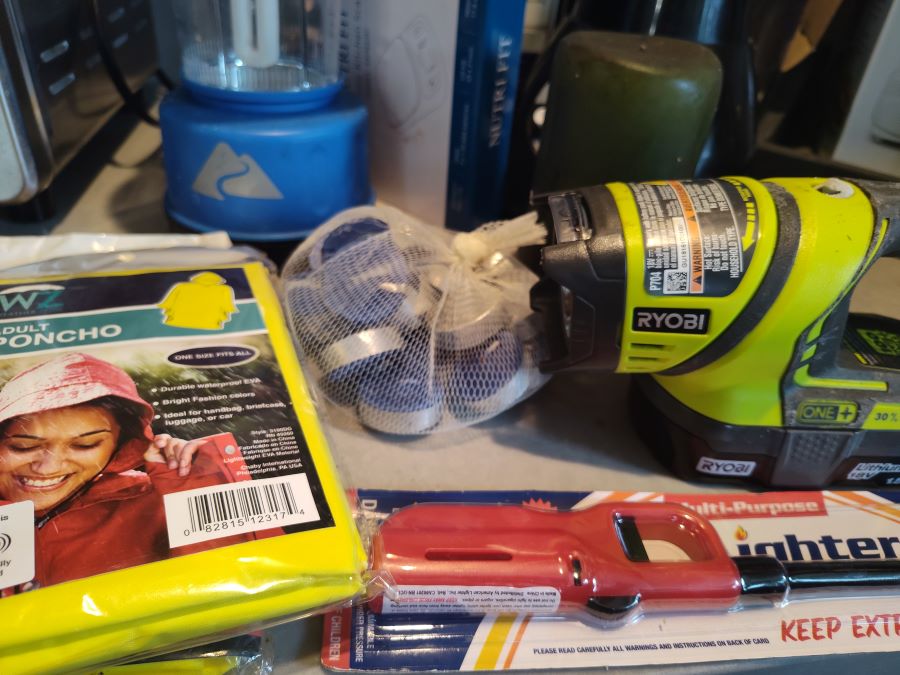
Hawaii hurricane and storm preparedness – be ready for all emergencies
It’s hard to believe that we get tropical storms to hurricanes that come of the west coast of the America’s and barreling towards the islands from June 1 to Nov. 30 typically every year. Although we have been spared and lucky to have only been through a few extreme hurricanes, one must always be prepared.
Even though the storms and weaken (on many occasions) to tropical storms, that is never guaranteed. Also, during and the aftermath of flooding, downed power lines, little gasoline and a run on supplies can always make recovery difficult for those of us living on the islands.
So in a word, be prepared and follow some of these tips below.
Pin and save this for later
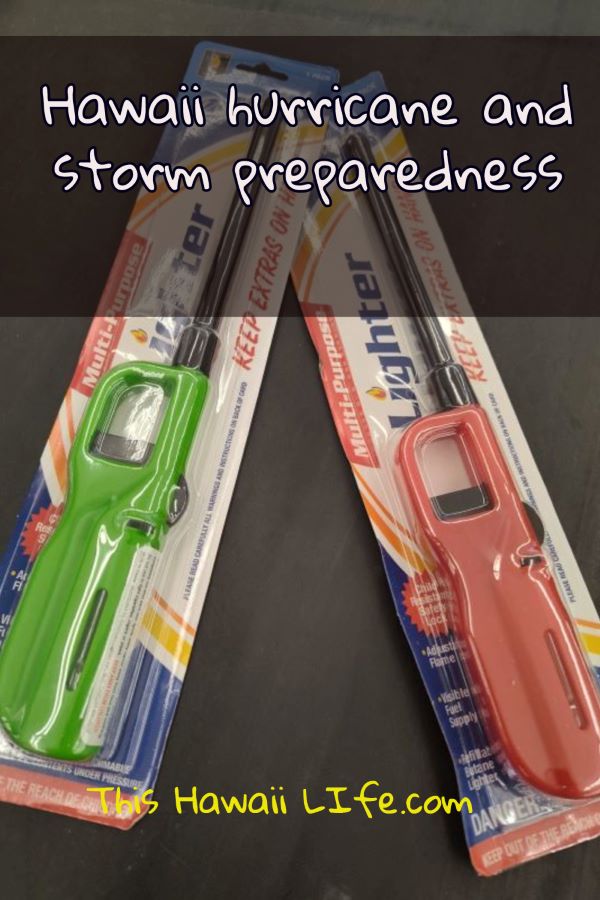
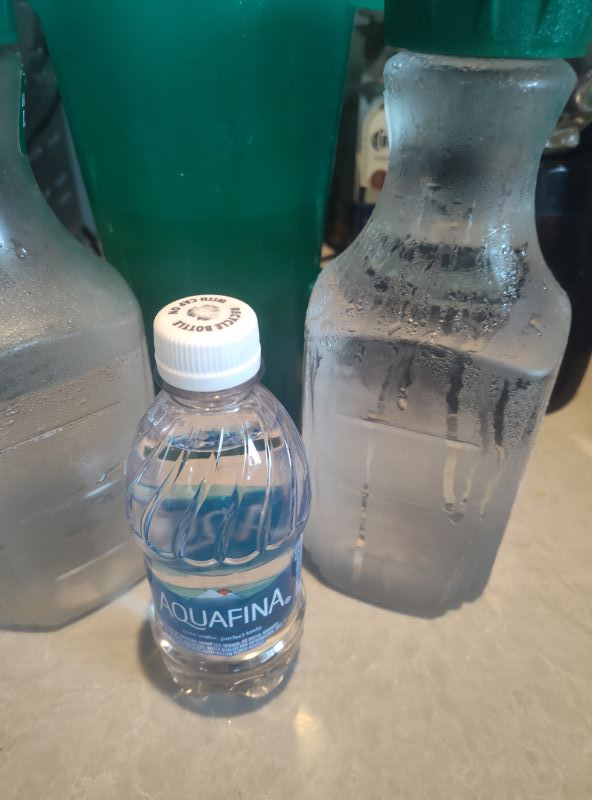
Water for emergencies
Have water available and stored for your daily use during storms.
Water is probably one of the most essential emergency rations to have that sustains life and is an important part of your emergency preparedness kit. The general guide shows that people to store one gallon of water per person, per day for at least 14 days. You can store a case of water in your garage or in a cool dry place for storing your own tap water that can be used for everyday purposes.
For daily chores have a big container of water saved or have water in your tub for cooking, washing, quick spunge baths and even flushing the toilets.
Have an emergency storage and supplies ready
Keep an emergency kit available in a cooler or sturdy contain filled with supplies and easily accessible from a storage area. This was you know you can every mostly everything set into one box or container with all your emergency supply needs.
This includes your food items and the following materials and items:
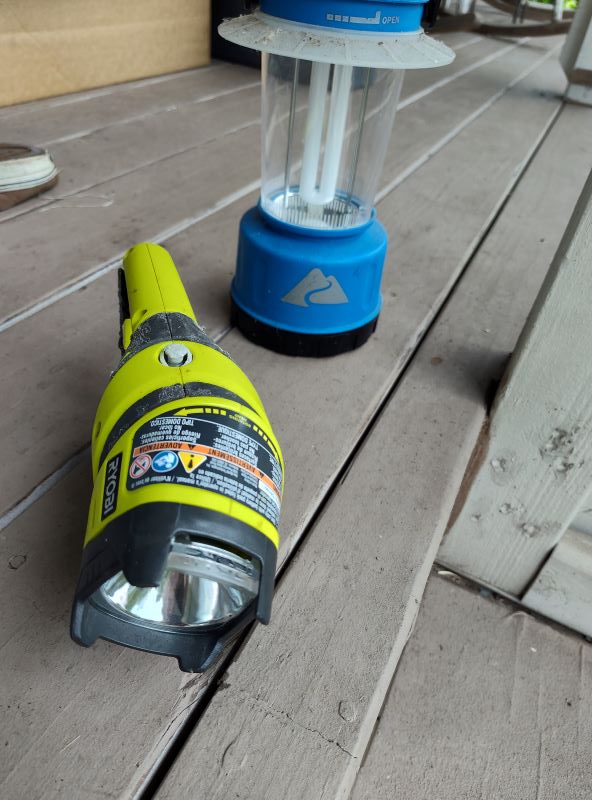
Lighting materials
In your emergency kit, make sure you have flashlights, candles and fresh lighters available and or matches to be used for emergencies. If you use flashlights with batters, make sure you have a supply of new batteries also available to use immediately.
Don’t forget to store matches, and candles in your kit
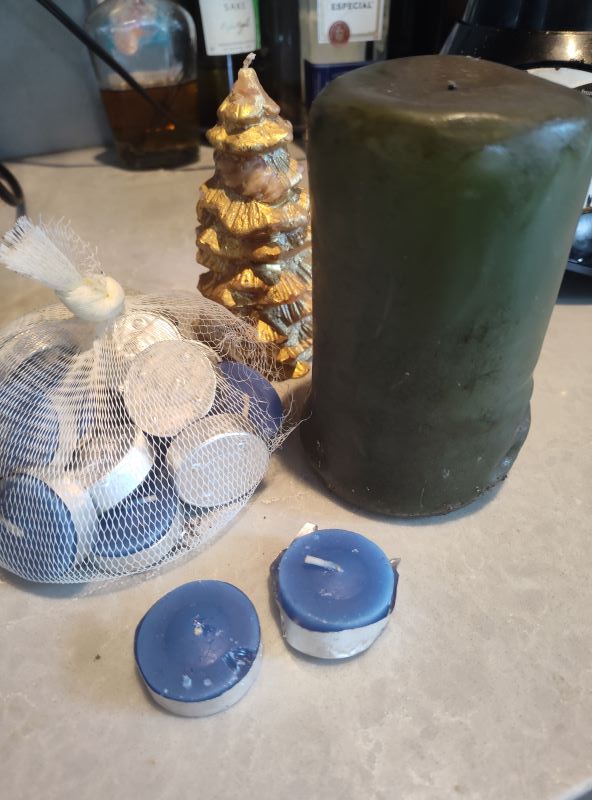
Medications ready and first aid kit
For any type of medication needs and also first aid, make sure you have everything set up in your emergency kit. An easy first aid kit that is accessible is a good thing.
Your medications should be in one section and you can easily place them in a glad bag to place into this emergency kit container. Have at least a 14-day supply to keep you tied over before, during and after the storm where it might not be available or there are long shipping delays.
Pet Emergency Needs
IWe also need to be prepared with it comes to our household pets and even have emergency preparednes kits for them. Planning and caring for you pet is critical for pet parents around the islands.
The Hawaiian Humane Society tis fantastic in providing for pets during time of disaster. We co-locate pet shelters with evacuation shelters, to help more of the population safely evacuate from a hazard threatening our community.
For more information on pets and disaster, please follow these links:
Prepare your home and yard
The outside of the home also has to be secured with any possible damages or flyaway items that are not secure. Time to take a look around the property to your personal effects, home and belongings:
- Clean gutters so there is no water that pools in unexpected places
- Trim dead or weak tree branches that may become a nuisance or create some damage
- For extreme weather conditions and hurricanes, consider covering windows and doors with treated plywood
- Secure anything that is light and can fly away from the home or yard including: lawn furniture, trash cans, small objects and other outside objects
- Make sure that your windows can shut tightly from extreme wind and rainy situations
- Have your car ready to exit easily from house if you need to use it immediately.
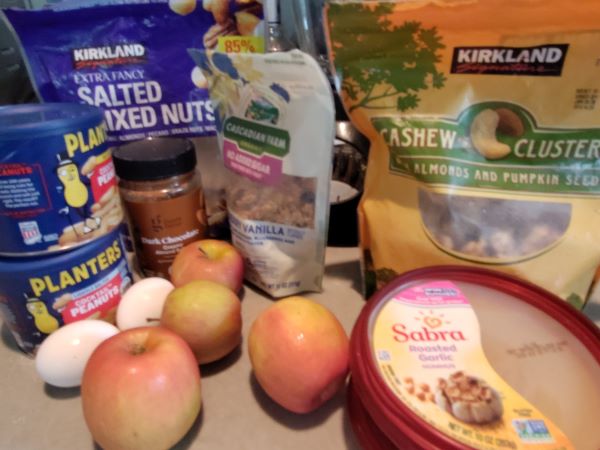
Food preparedness and storage
You should have at least 14 days of food and extra supplies stored and available to use for any emergency or even longer-term situations.
Store easy to eat nuts, dried fruit, canned soups and other straight from a can or jar items in a sealable container that you can easily access when food is needed. Or place it in your pantry or easy to access storage area.
Have cooked or prepared emergency rations available that take little preparation or can be eaten straight from a can or jar.
Make sure you have your grill or small camping stove ready and easy to access with the available propane already to use.
If power goes out, take a quick inventory of what is perishable and make that your priority to use immediately and store any excess food.
Have some food prepared and ready in your refrigerator or freezer for easy cooking on a grill or camp stove. That way you can make things quickly with little effort in your meal planning
Fridge/Freezer use
if you have no generator, then keeping the fridge cool and opening doors minimally will stretch out the timeframe and hopefully not spoil food in your freezer or fridge. Keep your freeze packs frozen in the freezer which you can redistribute around the freezer and fridge when needed.
Only open the fridge when you need to or better yet for daily consumption, place the items in a separate container with ice packs or ice to keep them cooled and ready to use any ingredients.
Use these freezer packs to keep compartments cool
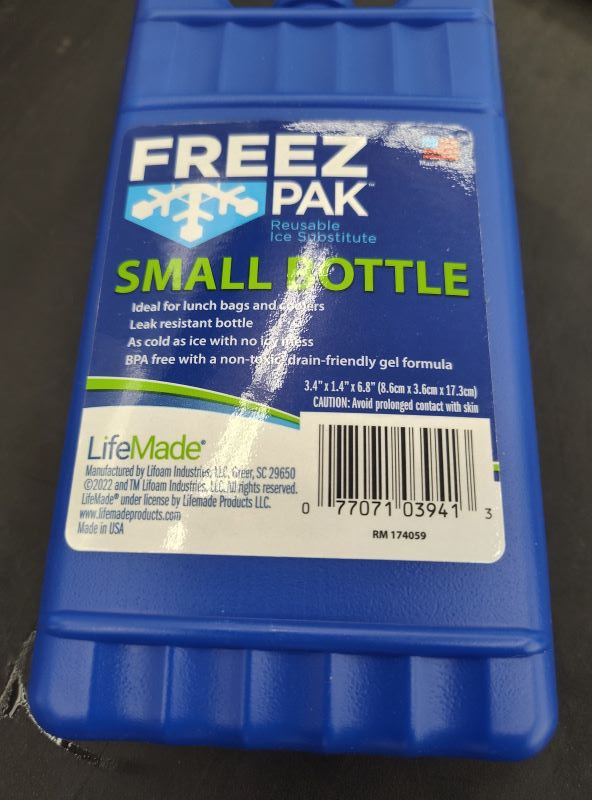
Other Emergency Needs
Having access to information is important before, during, and after a disaster so you should have a battery-operated radio and batteries available when other media or communications is limited during the storm and afterwards.
A battery operated radio will often work when other methods of communication are not available. HI-EMA strongly recommends a radio as part od every emergency preparedness kit.
Have small cash available – for day to day needs especially when banks might not be open and credit cards not easy to use, have cash for any cash only needs.
Have a whistle available in your kit so you can use it for any emergencies or when you just need it to be heard with little effort
Keep extra batteries ready – to charge your lights and other equipment.
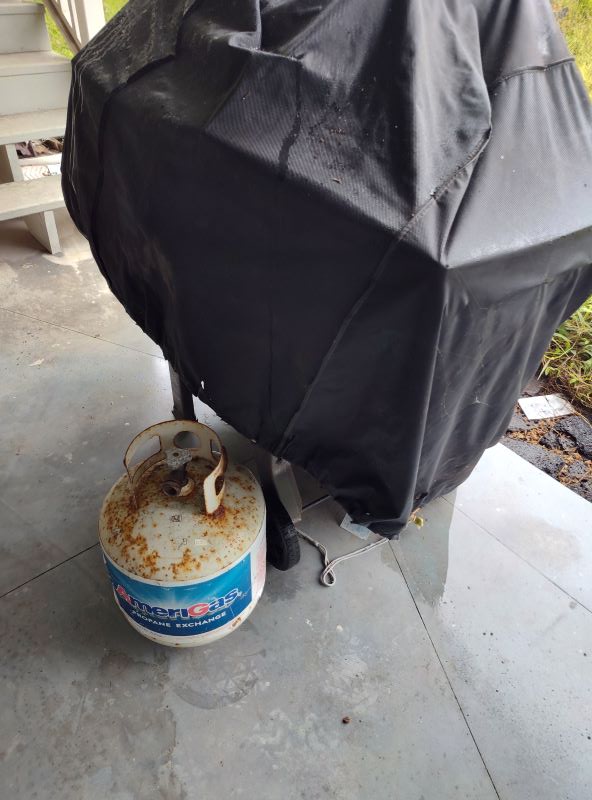
Have your grill ready with a full propane tank to use for any emergency situations.
A small camp stove with propane tanks ready – if you don’t have a grill make sure you have a handy camp stove or burner for easy daily cooking activies.
Get your car ready with a full tank of gas
Have your car tank filled up so if there are any oil reductions then you will have a full tank of gas saved for any personal needs and ready to use.
Fill those propane tanks
If you have a grill, you can still cook. Just make sure that you have the tanks full and ready to use right away.
Insurance and documents ready
Make sure you revisit your policies to find out what the deductibles and other important insurance information at the ready. Have your insurance policy and contact information readily available.
Know your evacuation areas
If you are in an evacuation area, head out to the nearest shelter. Remember to bring your emergency kit items and food as shelters may not be equipped with food and water.
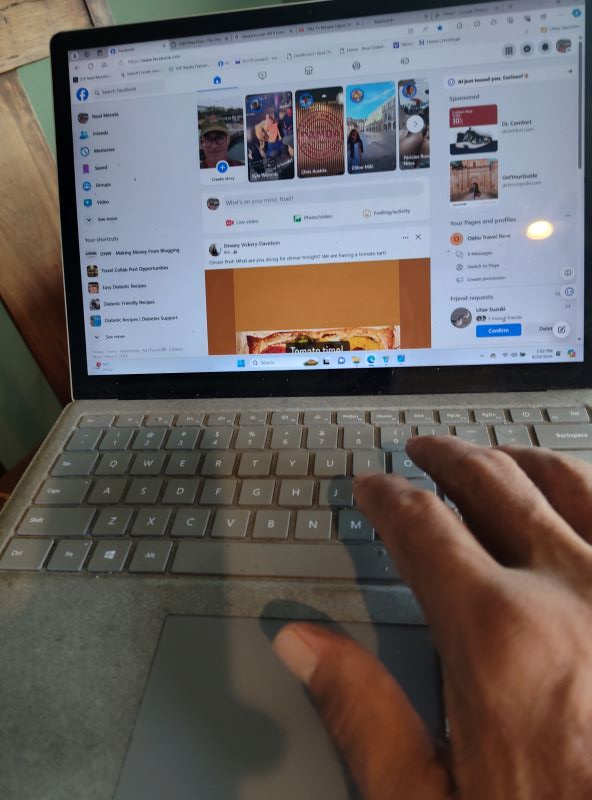
Check in with friends and family
Make sure to keep your friends and family updated on your particular situation, you might want to use social media if you want to broadcast on a wider basis on Facebook, email, lists or any medium you use regularly.
Check out these other informative posts
You might find these tips and suggestions on helpful travel, lifestyle, food and other interesting posts below:
Fun and interesting facts about Hawaii
Popular Hawaiian dishes you need to try
Traditional Hawaiian food favorite dishes
Additional references
- NOAA Central Pacific Hurricane Center
- Hawaii State Civil Defense Preparation Plan
- Hawaii Hurricane Evacuation Shelter Map
Conclusion – Did we miss anything?
Hopefully these tips and ideas can help you get better prepared, if we missed anything, please share in the comment section below.
Thanks for visiting This Hawaii life and checking out this post on Hawaii Hurricane preparedness. We hope you have some great tips and action items to work on and be on the safe side of any storms that come across the islands
If you enjoyed the post, please do share it with any of the social media buttons around the page.


0 Comments